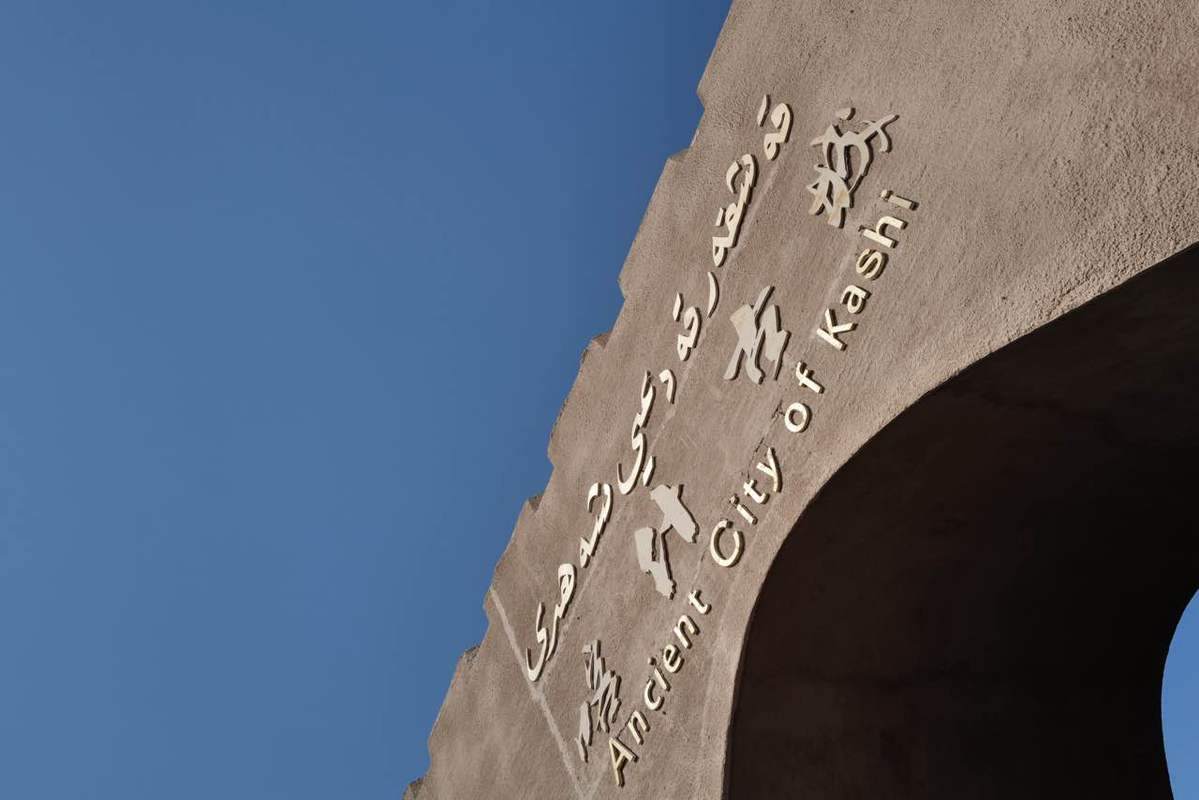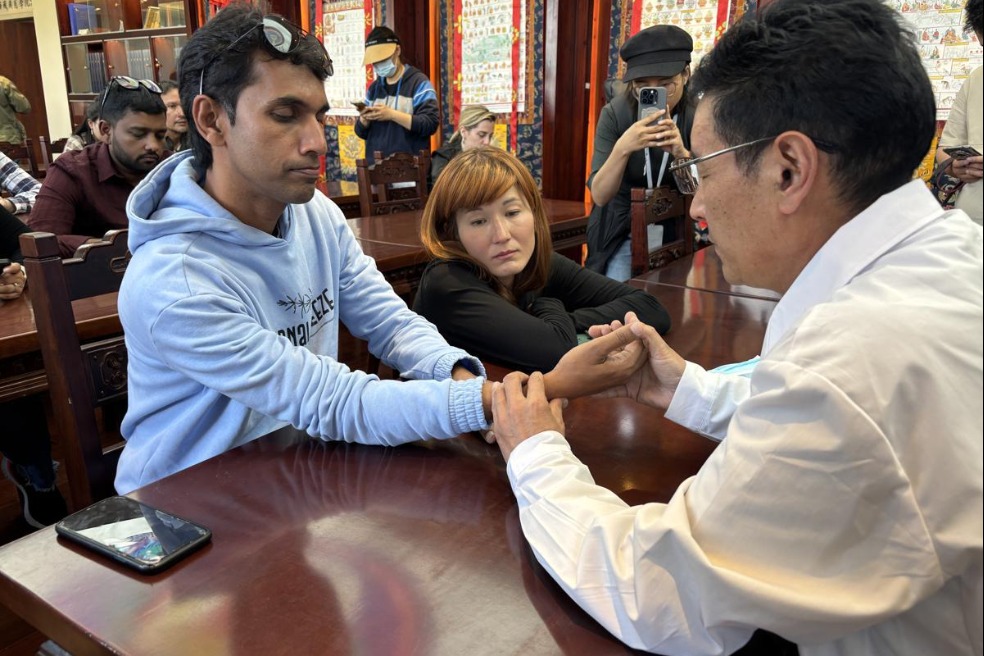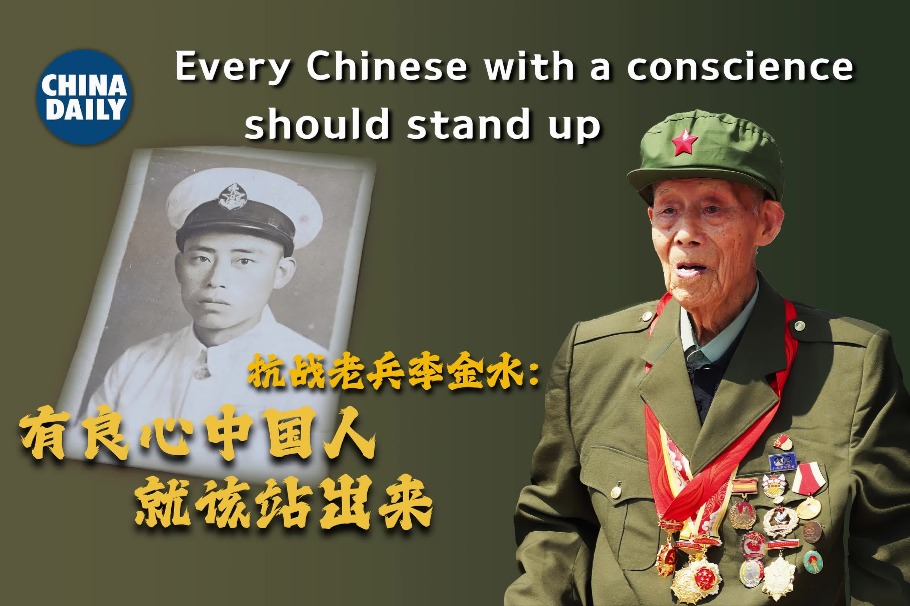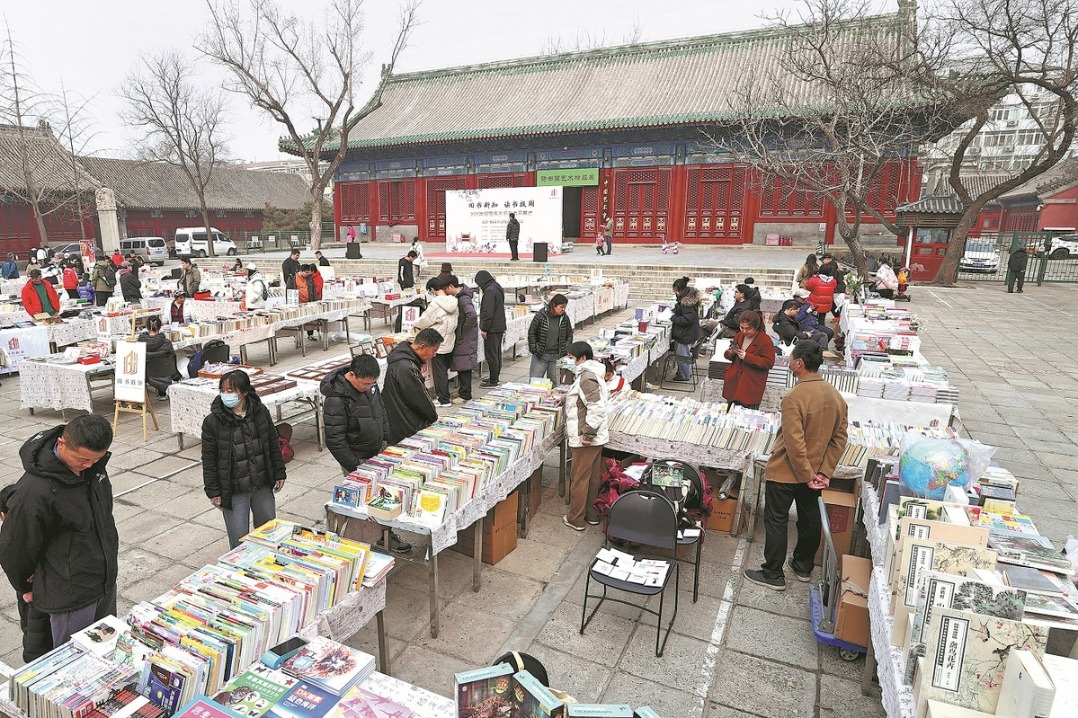A cultural canvas at the western frontier of the ancient Silk Road


Kashgar, a 2,000-year-old trading hub where business once sizzled like skewered lamb on scorching coals. A cross-cultural metropolis where East meets West, and through which merchants and travellers flowed like milk laced with honey. A city where I find myself confronted with a dilemma. How am I to understand this place of great history and culture in the modern context?
Kashgar is located in the southwest of the Xinjiang Uygur autonomous region. The same region that has been beset by various claims by Western interests in recent times. This is the context I am faced with as I enter the Ancient City of Kashgar.
Passing through the great earthen gate of the 4.25-square-kilometer ancient city, and into the twisting bazaar below, I’m confronted with the sights and sounds often associated with Central Asia and the Middle East.
The many small shops and stalls are bejewelled with colorfully embroidered hats, silks, earthenware jugs and finely detailed metalwork. It is with little wonder that this post of mud brick and poplar wood buildings was a crucial stop on the ancient Silk Road, as goods passed back and forth from China and into Central Asia, across the Pamir Mountains and into Tajikistan, Kyrgyzstan, Afghanistan, Pakistan and beyond.
The faces behind these stalls, the couriers plying these streets, and all manner of passersby resemble a mosaic of trading past, present and future. Among the Uygur, the ethnic majority in the city, are Han Chinese, Hui, Kazakhs, Tajiks and Kyrgyz. Their respective cultures reflected in their traditions, clothes, dance, food and music. The array of cultural diversity on show is more overwhelming than just about anywhere I have ever visited.
























